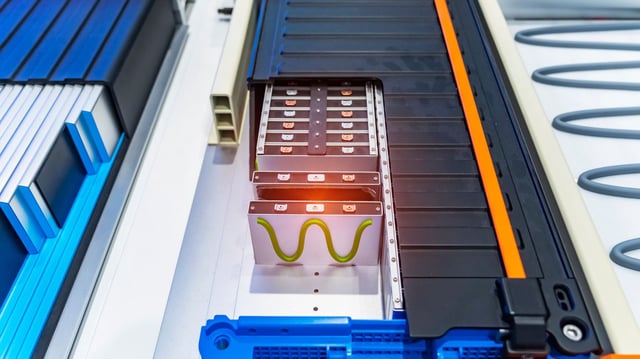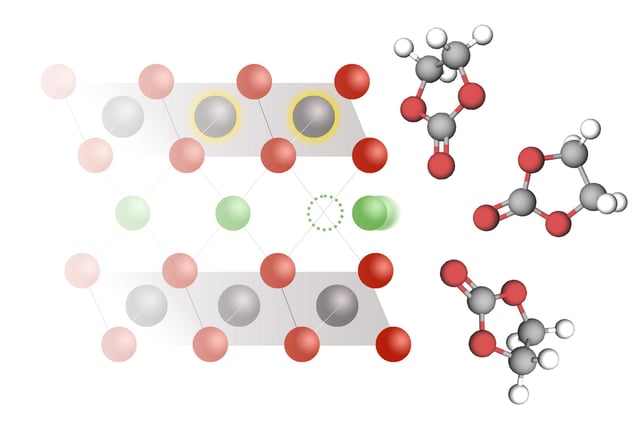Overview
- The work, published in Science, introduces the Coupled Ion-Electron Transfer (CIET) framework to explain the core intercalation reaction in lithium-ion cells.
- Precise measurements using repeated short voltage pulses produced consistent rate data across diverse materials, including NMC for EVs and LCO for consumer electronics.
- Observed intercalation rates were far lower than commonly reported and diverged from predictions based on diffusion-limited, Butler–Volmer models.
- CIET indicates lithium enters the electrode only when an electron transfers at the same moment, a pairing that sets the true reaction rate by lowering the energy barrier.
- The findings highlight practical levers such as adjusting electrolyte composition to speed charging and curb degradation, with engineering validation in commercial cells still to come.

